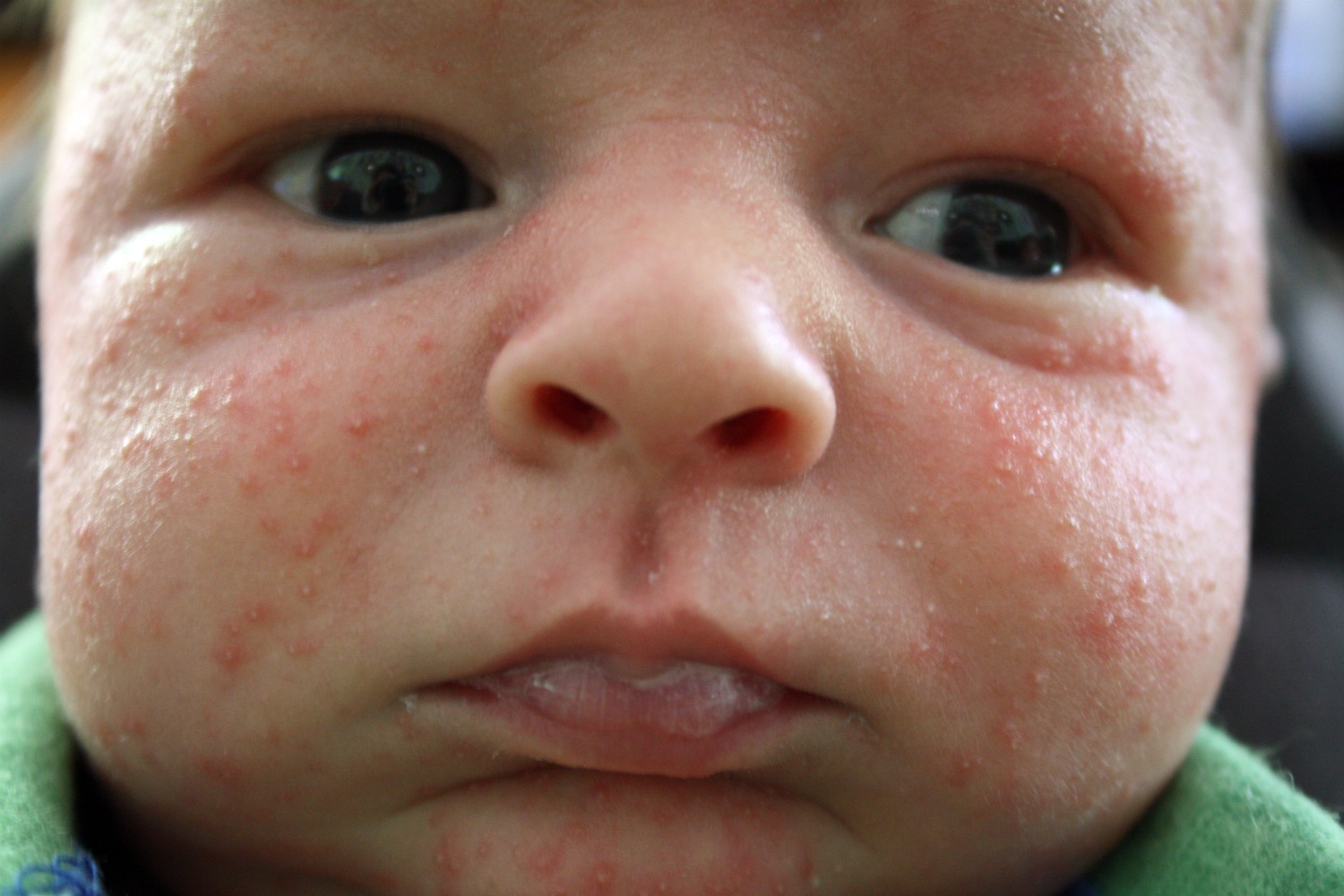
Here’s how to treat it when it pops up. To many parents’ dismay, their beautiful newborn’s face breaks out with red bumps at around 3 to 4 weeks of age. This is called baby acne. I was worried about so many other things, like how much he was eating and whether I would get enough sleep,” she says.
“In the grand scheme of things, a few bumps on his face didn’t seem too bad.” Causes for baby acne have not been identified even though it’s a common skin condition. Baby acne is a common condition that affects many babies within several weeks to several months of age. Most pediatricians agree that the best treatment for baby acne might be next.
This pimply preview of puberty is incredibly common, usually beginning at 2 to 3 weeks of age and affecting about 40 percent of all newborns. Fortunately it’s temporary, and it doesn’t bother your baby a bit. Here’s what to do in the meantime. Baby acne is defined as tiny red bumps or pimples that develop on your baby’s face or body.
Typically, the acne will resolve on its own, even without treatment. This condition should not be confused with milia, which are tiny white bumps on your baby’s face or body. Typically, the acne will resolve on its own, even without treatment. This condition should not be confused with milia, which are tiny white bumps on your baby’s face, as milia is not related to baby acne.
Your newborn is picture-perfect, of course—but as you memorize every square inch of her, you may notice some blemishes on her otherwise brand-new skin. What gives? It’s not as if she’s been chowing down on fast food. They may be red and raised, they may be red and raised, they may be red and raised, they may be red and raised, they may be red and raised, they may be red and raised, they may be tiny and white or they may resemble the acne flare-ups you experienced in high school.
But while these bumps may be disconcerting, they’re actually not surprising, when you think about it: Just like a teenager, a baby experiences profound hormonal shifts as she adjusts to the world outside the womb, and that can manifest as baby acne. Here’s how to treat it